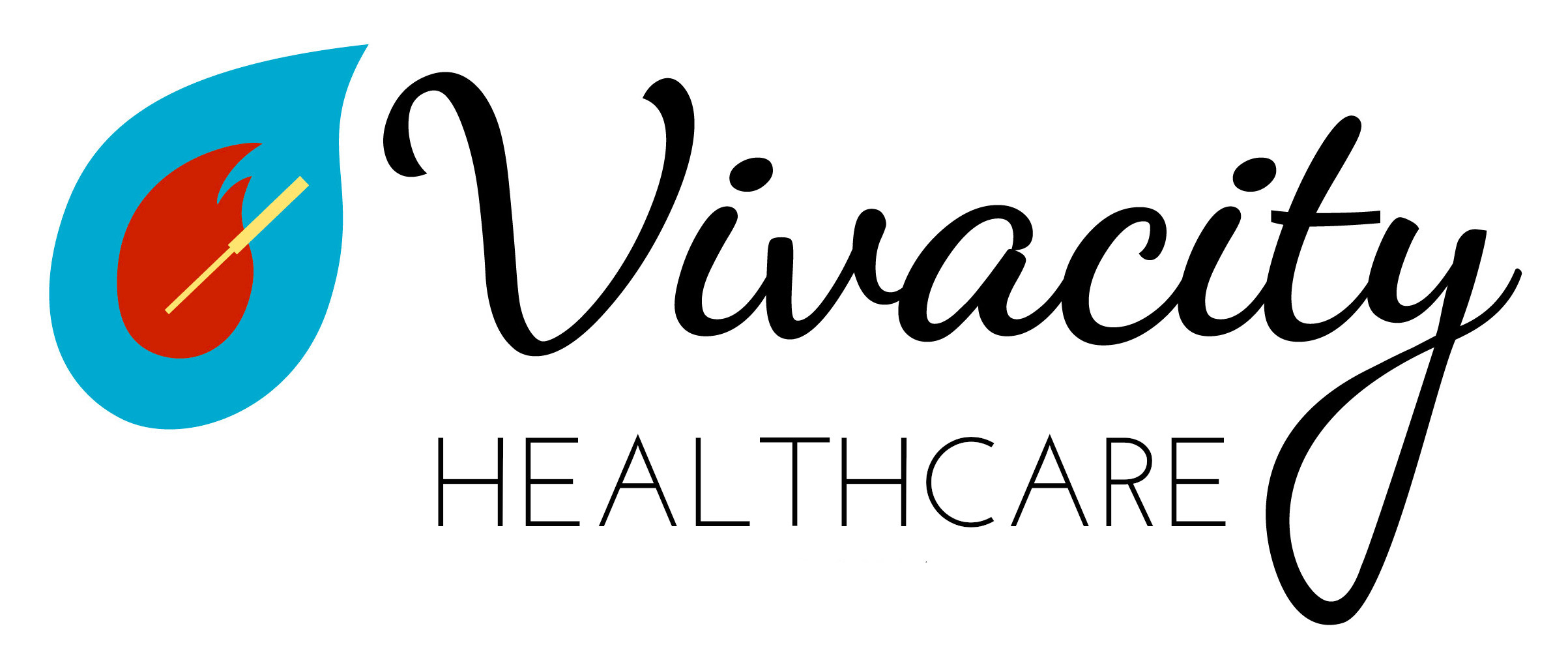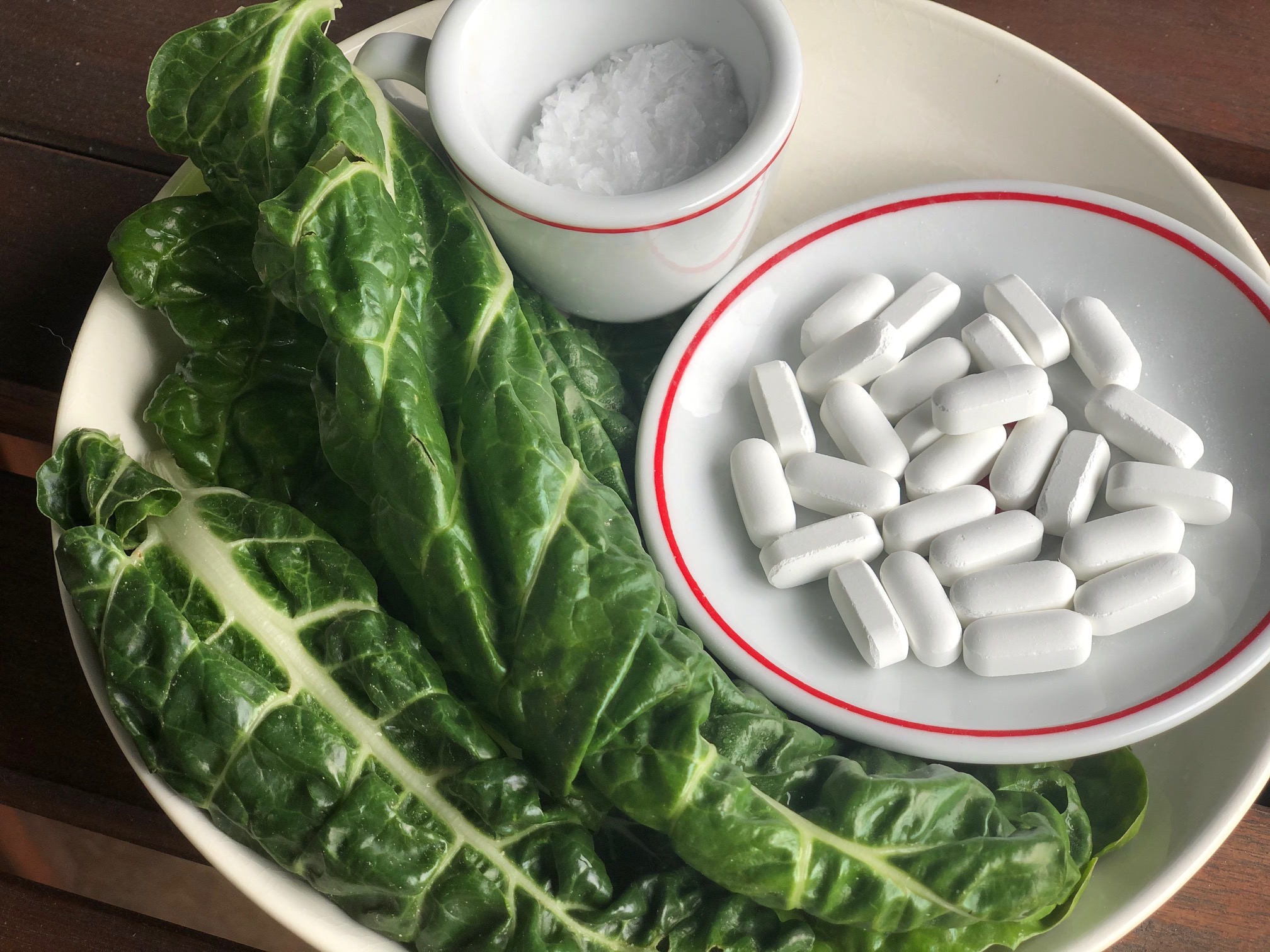Magnesium is one of the most commonly recommended supplements, and for good reason: it plays a leading role in over 300 biochemical functions and is needed to metabolize the energy-storage molecule ATP!
While many common foods provide magnesium, often people do not meet the recommended daily intake of 400mg or have conditions that reduce assimilation so that more than the RDI is needed. Research indicates that stress is linked to low levels of magnesium and that they exacerbate one another [1], so supplementation especially in times of stress could promote resiliency.
Looking for an excuse to incorporate more whole foods in your diet while boosting your magnesium intake naturally?
Some dark leafy greens top the list such as spinach with a 1-cup serving of cooked spinach yielding 157 mg or 39% of the RDI.
Most nuts and seeds contain high proportions of magnesium. Pumpkin seeds are a particularly good source with 150 mg in a 1-ounce serving, yielding 37% of the RDI, while a 1-ounce serving of cashews contains 82 mg or 20% of the RDI.
Legumes are also often good sources, with a 1-cup serving of cooked black beans containing 120 mg or 30% of the RDI.
Fresh fruits can help as well with one medium avocado providing 58 mg, 15% of the RDI, and one large banana having 37 mg or 9% of the RDI.
If you would prefer to supplement or want to accentuate specific functions of magnesium, there are several forms to choose from to best meet your needs:
In sports medicine, the most common reason people supplement with magnesium is for muscle tension. If your muscle tension is localized to a small area and you are not trying to meet your RDA, you may prefer to apply it topically in the form of a magnesium chloride oil or magnesium sulfate Epsom salt soak. Many supplement stores carry magnesium oil in spray or roll-on so that you can easily target specific muscles or cramps, and soaks are a good option for runners who either have foot or whole leg tension as well as the time to soak.
If you suspect that your magnesium levels are low or would like to make sure you are meeting the RDA, the most naturally extracted and easily absorbed form for internal use is liquid magnesium chloride. This form is used to treat heartburn, constipation and muscle tension.
The base of the magnesium can be optimized to address specific goals: For tension release without a laxative effect, magnesium malate is a good choice. If you have difficulty falling or staying asleep, magnesium glycinate is thought to promote sleep, also without the laxative effects of other forms. For cardiovascular and muscle performance as well as stamina moreso than tension release, magnesium orotate is considered the best form yet is more expensive. Finally, if you would like to improve cognitive function, magnesium L-threonate is the most appropriate to use.
For digestive system-focused support from your magnesium: magnesium citrate can be used to accentuate a laxative effect. Magnesium oxide is typically the form used for heartburn as well as for constipation. Research suggests that magnesium taurate might be the best form to regulate blood sugar and blood pressure.*
* These statements have not been approved by the Food and Drug Administration. These products are not intended to diagnose, treat, cure or prevent disease.
—
[1] Cuciureanu MD, Vink R. Magnesium and stress. In: Vink R, Nechifor M, editors. Magnesium in the Central Nervous System [Internet]. Adelaide (AU): University of Adelaide Press; 2011.




